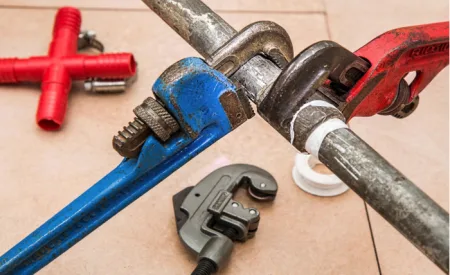Key Takeaways:
- Learn insider tips on choosing and working with moving companies for a seamless move.
- Understand the importance of a thorough inventory and proper valuation coverage for your belongings.
- Get practical advice on packing and labeling to expedite both transit and unpacking.
- Discover ways to handle the unexpected and ensure a smooth transition to your new home.
Preparing for Your Move
Stepping into the world of relocation requires more than just deciding on a new home; it involves meticulous preparation to ensure the move unfolds smoothly. Begin by inventorying every item that will join you on your journey. Detailed inventories help facilitate precise quotations and illustrate diligence on your part, which moving professionals appreciate. These manifestos can also serve as an invaluable resource for tracking your items throughout the moving process and are often necessary for acquiring specific types of moving insurance—preparation that quality moving companies greatly welcome.
Choosing the Right Mover
The cornerstone of a successful move is finding the right moving company. In the vast sea of options, knowing the subtle signs of a reliable mover is vital. Ensure that the company is not just boasting big figures but has verifiable credentials, maintains transparency in pricing, and is easily communicateable regarding policies and procedures. Review and ratings, confirm their licensing status, and compare quotes.
Understanding Your Contract
Navigating the jargon of moving contracts can be as daunting as the move itself. When reviewing the terms within your bill of lading, attention to detail—the crux of your service agreement—can spare you headaches. Distinguish between a binding estimate, which locks your moving cost regardless of actual weight, and a non-binding estimate, which is subject to change. Clarity on these points will eliminate surprises regarding your final bill, ensuring your budget stays on track.
Packing Wisely
A golden rule often whispered among moving insiders is the act of decluttering before embarking on the packing process. A leaner move is typically a cheaper and clearer move. By donating, selling, or disposing of items that no longer serve a purpose in your life, you cut down on transport costs and clutter in your new environment. Strategic packing extends to efficient labeling—ensure each box has a clear destination and contents list so movers can expedite the unloading process. You can easily find what you need.
Managing Moving Day
On the day of the move, it’s where the practiced proficiency of all parties truly shines. A well-prepped home with clearly marked boxes enables swift loading and room-appropriate unloading. Communication between homeowner and mover should be ongoing—build a rapport, be present (without hovering), and maintain a channel for any queries. As its name suggests, an essentials box holds the items you’ll need on your first day, making it a personal priority amidst the whirlwind of moving day.
Handling Unexpected Issues
Despite the best-laid plans, unexpected challenges can interrupt the moving process. How these surprises are managed separates the professionals from the amateurs. The key is maintaining flexibility—understanding that delays can occur and regularly touching your moving team to navigate any hiccups. It pays to know the movers’ delays, damages, or cancellations policies. Additionally, ensure your move is bolstered by appropriate insurance. Full-value protection, although often more costly than basic coverage, can provide peace of mind, knowing that your valuables have the protection they deserve against the unpredictability of relocation.



